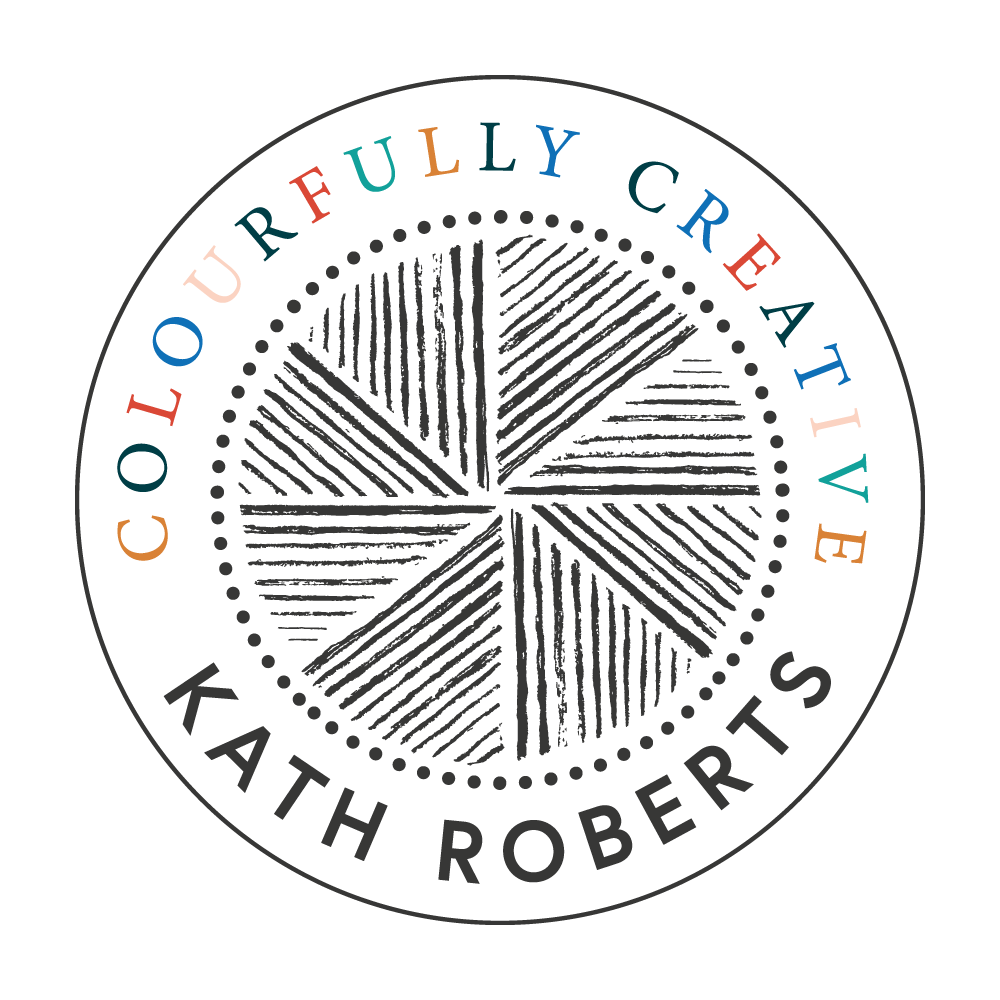Colour Therapy-The Three Primary Colours
Consider the three primary colours as the ultimate parents of all colours. They are red, yellow and blue and are called primary’s because they form the basis of every other colour that exists.
Secondary colours are formed by combining equal quantities of two of the primary colours. So if we combine red and yellow in equal proportion we create the colour orange. Yellow and blue combined creates the colour green and by combining red and blue we create violet.
Tertiary colours are formed by the combination of a primary colour with a secondary colour. They are combined using two-thirds of the primary colour closest to it, with one third of the primary colour furthest away. So in the case of magenta we mix two-thirds red with one –third blue and for coral two-thirds pink with one-third yellow.
The depth of the colour depends on the amount of light that is added. In colour therapy terms, we are effectively saying that when we shine the light on any particular issue it effectively intensifies it. This is because colour therapy works at the energetic layer of the body and energy always follows thought.
Primary colours and the chakras
The chakras keep us active, lively, vibrant and in perfect health every day. Therefore, at the energetic level of each of us (the auric field) there is an arrangement of 7 chakra colours. They follow each other like the colours of the rainbow which include the colour red, orange, yellow, green, blue, indigo, and violet. Each colour reflects a certain vibration with red being the lowest and violet being the highest frequency of the core seven colours. If a chakra point gets blocked then over time this leads to disease in the body and disturbance in the mind.
What’s interesting about the three primary colours is that they link directly to the lower three chakras. If we take red this is connected to the base or root chakra. The root chakra symbolises safety, security, grounding and its complementary colour is green.
The sacral chakra, the seat of our feelings is orange but its complementary colour is in fact, blue, one of the core primary colours. The sacral chakra carries meanings connected with sexuality, creativity and the range of our emotions.
The solar plexus chakra is the power centre and symbolises issues to do with our mental clarity, knowledge and intellect, will power and personal strength connected to courage. Its colour is yellow and its complementary is violet.
Hidden within these 3 lower chakras is the basis of true empowerment. Our journey here is about reconciling those two aspects of self, the conscious thinking mind and the unconscious feeling self. Achieving this gives us true wisdom but first we must integrate those opposite and often opposing sides. If we mix the two primary colours yellow and blue we arrive at the colour green. Green connects us with our heart chakra and is what shamans call the assemblage point. Think of this as the luminous equivalent of your physical brain where we take in information that your ordinary senses just can’t fully grasp. Just as all seeing happens inside our brain, shamans understand that all reality only actually exists inside us.
We create all of our reality albeit consciously and unconsciously and the heart chakra acts as an integration centre because it is connected to love, compassion and is driven by principles of integration and transformation.
How does Colour therapy work?
Colour therapy, in particular, use of the Colour Mirrors system, utilises the psychology of colour to help us identify, analyse then transform areas of our life that no longer work for us. It enhances, amplifies and encourages areas of potential, growth and empowerment for each of us. The oils and essences work because they have this direct impact on our energy body and thus bypass the conscious mind, therefore helping us to clear issues we maybe blocking or resisting on some conscious or unconscious level.
Each of the coloured oils and essences has their own unique note or vibration. We may be drawn to some and not to others and our choices reveal information and insights that help us understand ourselves better.


